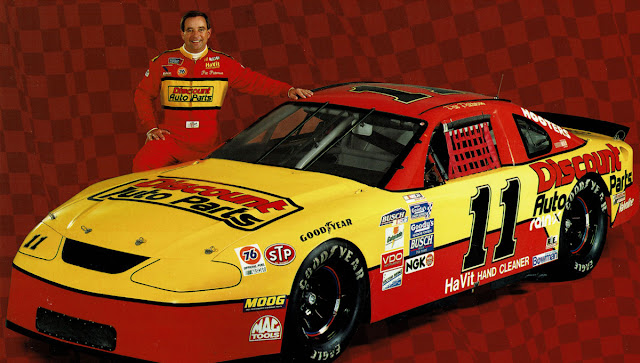On December 14th 1947, a meeting inside Daytona Beach’s Streamline Hotel would formally establish the basis of what we know as NASCAR was formally established as a motorsport sanctioning body. It would be absurd to believe that Bill France Sr. and the other members of the gathering would fully fathom the greatness their creation would achieve over the period of over 75 years. As the technology, the athleticism of drivers and crews and finances were difficult to predict from the beginning, the journey to what NASCAR is in 2023 involved in a number of interesting tangents.
Originally assembled with a Modified division and later the Strictly Stock series (evolving into what now is the current Cup Series), NASCAR rapidly expanded their reach with a slew of stock car series for regional as well as national racing. The opening decades of NASCAR also involved experiments into many unusual forms of auto racing competition; Some of those featured stock car auto racing.
In honour of three-quarters of a century being a North American motorsport staple, an opportunity arises to recognize of the more fascinating forms of racing that were held under the NASCAR banner. I originally intended for this to be a single article or post but my research on the past NASCAR divisions has proven way too interesting. Finding so many intriguing tidbits, it was impossible to maintain my original vision for this article. Instead of a single article highlighting six divisions in a brief fashion, I have decided to post individual articles about each one of the unique past track spectacles that were staged under the famous motorsport sanctioning body.



Comments
Post a Comment